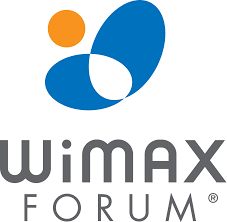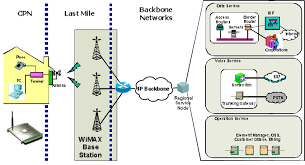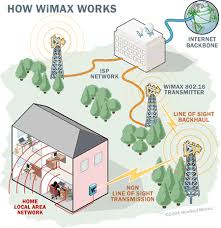Worldwide Interoperability for Microwave Access


© copyright researchgate.net

© copyright i-com.com
tutorialPoint- WiMax tutorial
Worldwide Interoperability for Microwave Access (WiMax) is a technology standard for long-range wireless networking for both mobile and fixed connections. While WiMAX was once envisioned to be a leading form of internet communication as an alternative to cable and DSL, its adoption has been limited.
There are two distinct WiMax standards IEEE 802.16d is seem and a DSL replacement and provides broadband to homes that are not wired for whatever reason. Secondly is IEEE 802.16e which is for mobile applications and was seen as a competitor for 4G LTE.
IEEE 802.16d The problem with the provision of broadband in the UK is the "last mile"; the connection between the property and the telephone cabinet. This is currently solved, in FTTC with high speed optical fibre to the cabinet and using copper wires, used to provide a landline, to the property. This has resulted in a ceiling of 76Mbps for Broadband. And this is in rural areas. With longer distances, or in some cases with no copper wires, getting broadband to the property is difficult. WiMax 802.16d seeks to provide wireless communication between the "cabinet" and the property, and indeed many other properties, and at a lower cost than replacing the copper wire with fibre. additionally, in a rural environment, WiMAx transmitters can be daisy chained to get back to the "cabinet". Some of this is alos possible with 5G. or even 4G.
WiMax 802.16e can be used to deliver mobile phone technology to devices, but not standard 4G phones. WiMax is a different technology that requires a different device. Currently (2019) just about all mobile phones use this LTE technology thus making WiMax 802.16e redundant.
WiMax Air Interface.WiMax uses OFDM aand utilises MIMO technology with a freuency of 2.5GHz or 3.5GHz meaning the wave have the qualities similar to 4G and WiFi waves in terms of their range and building penetration. The available frequency is split into 256 channels, with 200 for data and 56 as guard channels. Of the 200 channels 192 carry a payload and 8 act as pilet channels.
*u* ©mobilephonetechnology.co.uk all rights reserved 2017- 2025



